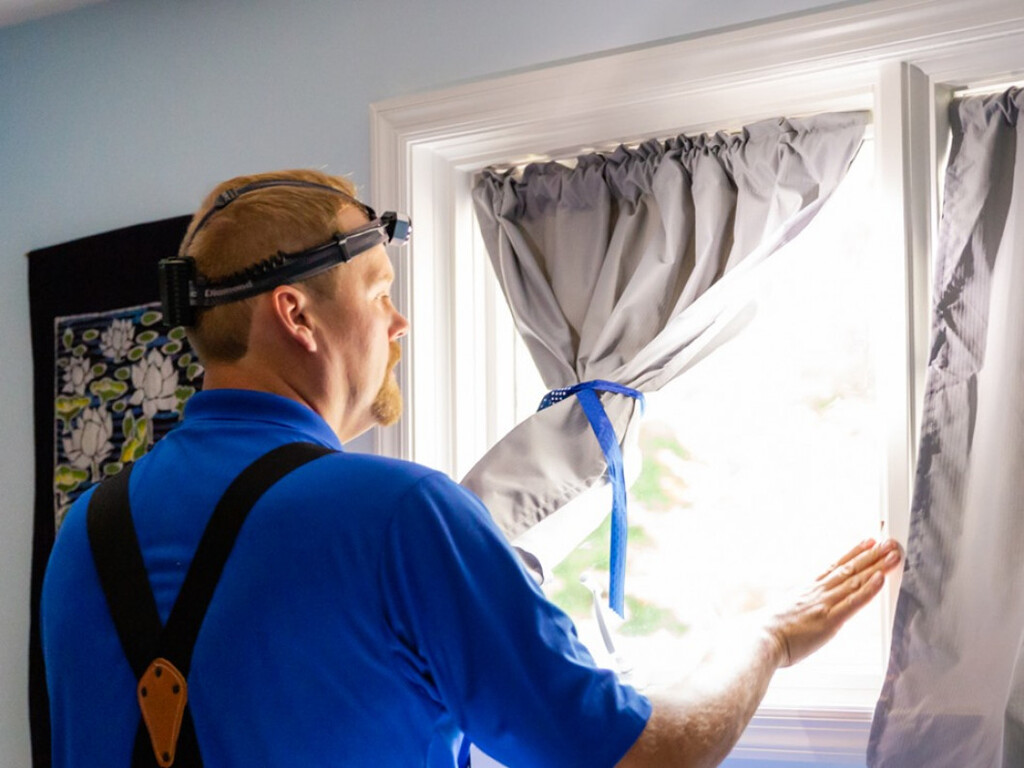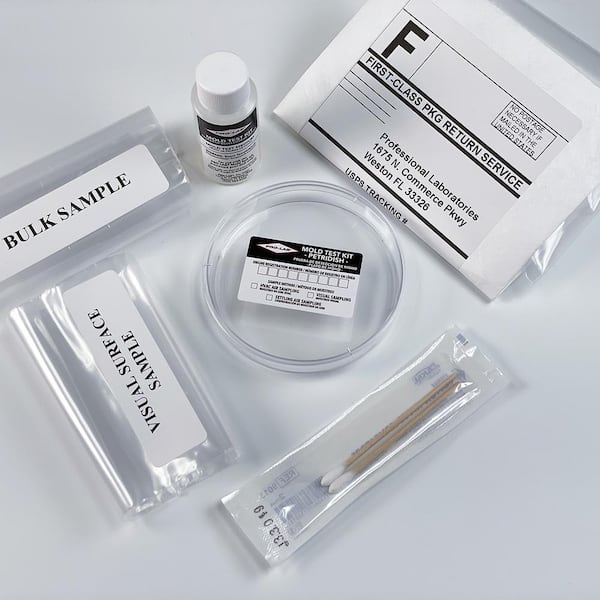The Function of Mycotoxin testing Services in Food and Feed Safety And Security
The Function of Mycotoxin testing Services in Food and Feed Safety And Security
Blog Article
Exactly How Mycotoxin Testing Aids Prevent Contamination and Secure Food Products

Mycotoxin screening is a vital method in the food sector, serving as a frontline protection versus contamination by unsafe toxic substances created by mold and mildews. Via the application of innovative strategies like High-Performance Liquid Chromatography (HPLC) and Liquid Chromatography-Mass Spectrometry (LC-MS), food manufacturers can accurately spot and quantify mycotoxin levels in agricultural items.
Comprehending Mycotoxins
Comprehending mycotoxins begins with recognizing that they are poisonous second metabolites produced by certain molds, which can contaminate farming products. These metabolites are not necessary for the development or recreation of the fungi but can have severe effects for human and animal wellness. Mycotoxins are typically located in staple plants such as corn, wheat, barley, and nuts, where they can multiply under details conditions of wetness and temperature level.
There are a number of types of mycotoxins, each created by various fungal species. Aflatoxins, produced by Aspergillus varieties, are among one of the most infamous, known for their carcinogenic residential properties. Another significant team consists of ochratoxins, produced by Aspergillus and Penicillium varieties, which have nephrotoxic results. Fusarium varieties produce trichothecenes and fumonisins, both of which are related to numerous acute and chronic health issues.

Threats of Mycotoxin Contamination
The threats of mycotoxin contamination are complex, presenting significant threats to both food safety and security and public wellness. Mycotoxins, hazardous compounds generated by particular sorts of fungi, can infect a large range of agricultural items consisting of cereals, nuts, seasonings, dried fruits, and coffee. Once these contaminants infiltrate the food supply, they can lead to significant health and wellness problems such as liver damage, kidney failing, and even cancer cells. Prone populations, consisting of kids, the elderly, and immunocompromised people, are particularly in jeopardy.
Economic influences are an additional significant issue. Infected crops can result in substantial financial losses for farmers and food producers because of decreased yields and the demand for pricey decontamination actions. Additionally, global trade can be significantly impeded as nations enforce strict mycotoxin guidelines to protect their populations, causing denied shipments and stretched profession relationships.
Environmental aspects such as environment adjustment aggravate the risk of mycotoxin contamination. Variations in temperature and humidity can produce desirable problems for fungal development, raising the chance of contamination occasions. Thus, understanding and reducing these dangers are vital for guaranteeing the security and stability of worldwide food materials.
Techniques of Mycotoxin Evaluating
Precisely determining mycotoxin contamination in agricultural products is important for protecting public health and maintaining food security standards. Various approaches are used to detect and evaluate mycotoxins, each offering details benefits and restrictions.
High-Performance Liquid Chromatography (HPLC) is a widely utilized technique because of its high sensitivity and accuracy. It includes separating mycotoxins from other try here materials in an example, allowing accurate metrology. Similarly, Fluid Chromatography-Mass Spectrometry (LC-MS) integrates liquid chromatography with mass spectrometry to provide thorough molecular info, making it particularly useful for recognizing several mycotoxins at the same time - Mycotoxin testing Services.

Gas Chromatography-Mass Spectrometry (GC-MS) and Thin-Layer Chromatography (TENDER LOVING CARE) are additionally utilized, each with special applications. GC-MS is efficient for unstable mycotoxins, while TLC provides a simpler, cost-effective alternative for initial testing.
Benefits of Normal Examining
Routine testing for mycotoxins in agricultural items supplies many benefits, considerably contributing to public wellness and food safety and security. By determining contamination early, normal screening helps protect against the circulation of harmful foods, thereby reducing the threat of mycotoxin-related health problems among customers. This positive method not just safeguards human health and wellness but additionally improves the overall top quality of food materials.
Consistent screening likewise their explanation sustains regulative compliance. Various nations and regions have actually established rigorous limitations for mycotoxin degrees in food and feed. Following these restrictions with regular screening ensures that manufacturers and vendors fulfill lawful standards, consequently preventing penalties and trade obstacles. Moreover, keeping compliance cultivates consumer count on and brand reputation, which are crucial for market success.
Furthermore, normal mycotoxin screening can lead to significant economic advantages. Early discovery of contamination enables for prompt treatment, reducing potential losses from widespread contamination. Carrying out routine screening methods can additionally decrease recall prices and related liabilities, which can be financially devastating.
Furthermore, regular testing provides valuable data that can inform better agricultural techniques and storage space problems. By recognizing patterns of contamination, manufacturers can embrace preventative procedures, consequently contributing and reducing future risks to the sustainability of the food supply chain.
Implementing Examining Methods
Implementing reliable mycotoxin testing protocols is critical for making sure the safety and top quality of agricultural items. Each phase must be looked at to pinpoint where mycotoxin contamination is most likely to happen.
As soon as vital control points are identified, choosing ideal screening techniques is essential. Usual techniques consist of enzyme-linked immunosorbent assay (ELISA), high-performance liquid chromatography (HPLC), and mass spectrometry (MS) Each approach has its strengths and weak points; hence, selecting the proper one depends on the details mycotoxin being tested, the needed sensitivity, and available resources.

Finally, incorporating the testing methods into a thorough food security management system is suggested. This improves traceability and enables quick corrective find this activities when contamination is spotted, therefore protecting the honesty of the food supply chain.
Verdict
Mycotoxin screening is important in protecting against contamination and protecting food products by allowing very early detection of dangerous toxins created by mold and mildews in agricultural products. Advanced approaches such as HPLC and LC-MS guarantee compliance with security regulations and safeguard customers from health dangers. Routine screening enhances brand online reputation, financial security, and trust in food safety by lessening contamination-related losses and maintaining high standards in food production. Executing strenuous testing protocols is thus crucial for the industry's overall well-being.
Mycotoxin screening is an indispensable practice in the food industry, offering as a frontline protection versus contamination by unsafe toxins generated by mold and mildews. An incorporated strategy entailing farming techniques, storage space administration, and routine testing can reduce the risks associated with mycotoxin contamination, ensuring food safety and security and public wellness.
The threats of mycotoxin contamination are complex, presenting considerable dangers to both food safety and security and public wellness.Normal testing for mycotoxins in agricultural products offers countless advantages, dramatically adding to public wellness and food security.Mycotoxin testing is crucial in avoiding contamination and safeguarding food products by allowing early discovery of damaging toxins generated by molds in agricultural items.
Report this page